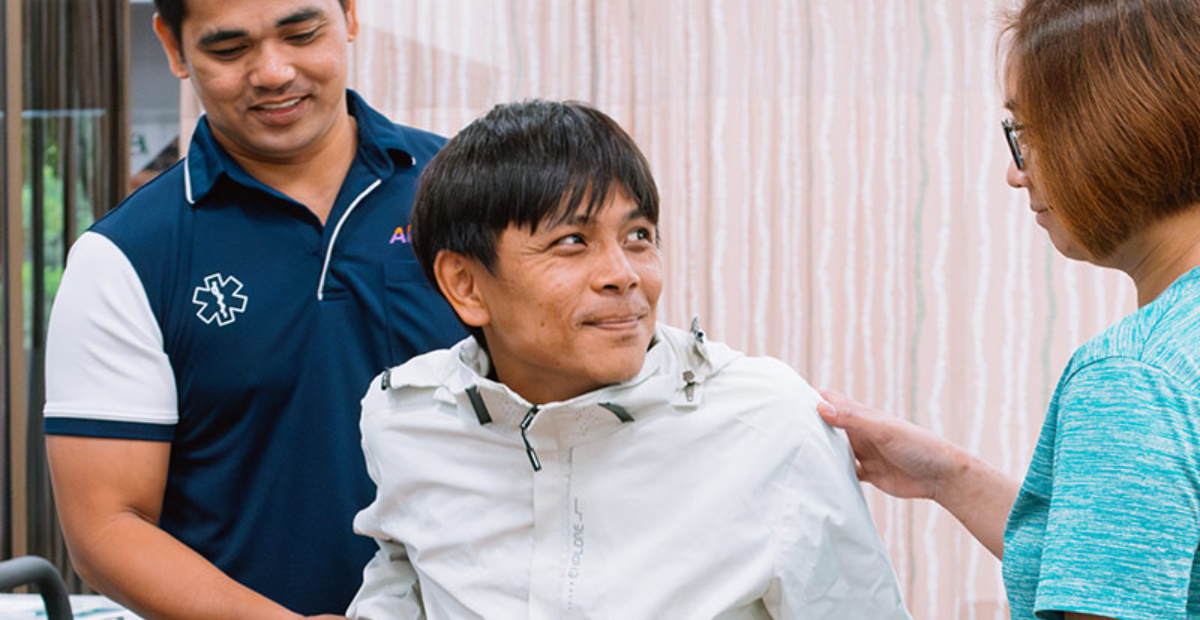Ambulance Service: Ensuring Rapid and Reliable Medical Assistance in Singapore
In Singapore, Ambulance Service plays a crucial role in ensuring timely medical care during emergencies. From road accidents and cardiac arrests to routine patient transfers, ambulance services act as a lifeline, bridging the gap between medical emergencies and hospital treatment. Leading providers, including specialized private ambulance services, offer 24/7 emergency response, advanced life support, and non-emergency patient transport. With trained paramedics, well-equipped ambulances, and efficient coordination, these services ensure that patients receive prompt care when every second matters.
Understanding Ambulance Services
Ambulance services encompass a wide range of operations, from emergency response to scheduled medical transport. In Singapore, they are generally divided into emergency ambulance services and non-emergency ambulance services. Both types are essential, though they serve different needs.
Emergency Ambulance Services
Emergency ambulance services are designed to respond quickly to life-threatening situations. Paramedics trained in advanced life support attend to patients at the scene, providing critical care such as defibrillation, oxygen therapy, wound management, and stabilization during transit. In Singapore, the Singapore Civil Defence Force (SCDF) manages the primary emergency response system. Citizens can dial 995 to request urgent assistance for incidents like heart attacks, strokes, or severe trauma.
Private ambulance providers complement the national service, offering additional resources, especially during peak periods or when specialized care is required. These services ensure that critically ill patients are transported safely and efficiently to hospitals, minimizing the risk of complications.
Non-Emergency Ambulance Services
Not all patients require immediate life-saving intervention. Non-emergency ambulance services provide transportation for those who need medical support but are stable enough to wait. Common uses include hospital discharges, routine dialysis, medical appointments, or inter-hospital transfers. Non-emergency services often use specially equipped vehicles with stretchers or wheelchair support, ensuring comfort and safety during transport.
Importance of Ambulance Services
Life-Saving Rapid Response
The primary function of ambulance services is to provide rapid response during emergencies. In critical cases, such as cardiac arrest or severe trauma, timely intervention can be the difference between life and death. Paramedics provide care immediately upon arrival, stabilizing patients and administering life-saving treatments before reaching the hospital. This rapid response is crucial for improving patient survival rates.
Accessibility Across Singapore
Singapore’s compact urban environment allows ambulance services to reach patients quickly. Strategic stationing of ambulances ensures minimal response times, even during high-demand periods. This accessibility is essential in densely populated areas where medical emergencies can happen anywhere, from residential buildings to busy highways.
Specialized Equipment and Expertise
Modern ambulances are equipped with advanced medical equipment, including defibrillators, ventilators, oxygen supply, and patient monitoring systems. Paramedics receive extensive training to operate this equipment, providing critical care en route to medical facilities. This combination of technology and expertise ensures that patients receive professional care from the moment the ambulance arrives.
Challenges Faced by Ambulance Services
High Operational Costs
Running an ambulance service involves significant expenses, including vehicle maintenance, fuel, medical supplies, and personnel training. Private providers often balance affordability with the high costs of operation, striving to maintain quality without making services prohibitively expensive. Insurance coverage and government support help ensure that ambulance services remain accessible to all.
Coordination and Communication
Coordination between public emergency services and private ambulance providers is vital for comprehensive coverage. While SCDF manages the national emergency response, private services fill gaps in capacity and provide specialized assistance. Effective communication between these entities is essential for seamless patient care, though logistical challenges sometimes arise.
Managing Patient Safety
Patient safety is a top priority in ambulance services. Paramedics must manage both the patient’s medical condition and the challenges of transport. Traffic conditions, road hazards, and the patient’s changing health status can all affect safety. Constant training and adherence to protocols are required to mitigate these risks.
Innovations in Ambulance Services
Ambulance services are evolving to meet growing healthcare needs. Technological advancements and new protocols enhance both efficiency and patient care. Some notable developments include:
-
Real-Time Tracking and GPS Dispatch – Modern ambulances use GPS systems for optimized routing, ensuring the fastest possible arrival at emergency sites.
-
Telemedicine Integration – Paramedics can consult with hospital physicians in real time, allowing immediate guidance on critical interventions during transport.
-
Advanced Life Support Vehicles – Ambulances are increasingly equipped with specialized medical devices for intensive care during transport.
-
Predictive Resource Allocation – Data analytics help forecast areas of high demand, allowing ambulances to be strategically positioned for rapid response.
Private Ambulance Services: A Critical Component
While public emergency services cover general needs, private ambulance providers are increasingly important. They offer:
-
Specialized transfers for patients requiring advanced medical support
-
Flexible scheduling for non-emergency appointments
-
Comfort and privacy for patients with long-distance or cross-border transfers
-
Dedicated support for palliative care and end-of-life patient transport
Private services also help reduce the burden on public emergency resources, ensuring that critical patients receive timely attention.
Ambulance Service and Community Impact
The presence of reliable ambulance services significantly enhances community health outcomes. Quick medical response reduces mortality rates, ensures patients reach appropriate care facilities promptly, and fosters confidence in the healthcare system. Public awareness campaigns, first-aid training, and emergency preparedness initiatives further empower communities to respond effectively while waiting for professional help.
Preparing for Emergencies
Families and individuals can take simple steps to make ambulance services more effective:
-
Know the Emergency Number – Dialing 995 in Singapore ensures rapid emergency response.
-
Provide Clear Information – Accurately describing the situation, location, and patient condition helps paramedics prepare adequately.
-
Keep Medical Records Handy – Having details like allergies, medications, and medical history can save crucial time during emergency care.
-
Stay Calm and Follow Instructions – Following paramedics’ or emergency dispatchers’ guidance ensures smooth assistance.
Conclusion
Ambulance services are an indispensable part of Singapore’s healthcare system, providing both emergency and non-emergency support to ensure patients receive timely, professional, and compassionate care. With trained paramedics, advanced medical equipment, and dedicated coordination, these services save lives and enhance the overall well-being of the community.
As healthcare needs grow and technology advances, ambulance services will continue to evolve, offering faster response, improved patient outcomes, and innovative solutions for medical transport. By integrating public and private efforts, Singapore ensures that every individual has access to the medical care they need, whenever they need it.
In the heart of Singapore’s healthcare framework, ambulance services stand as a symbol of readiness, expertise, and life-saving care truly a lifeline for the nation.







